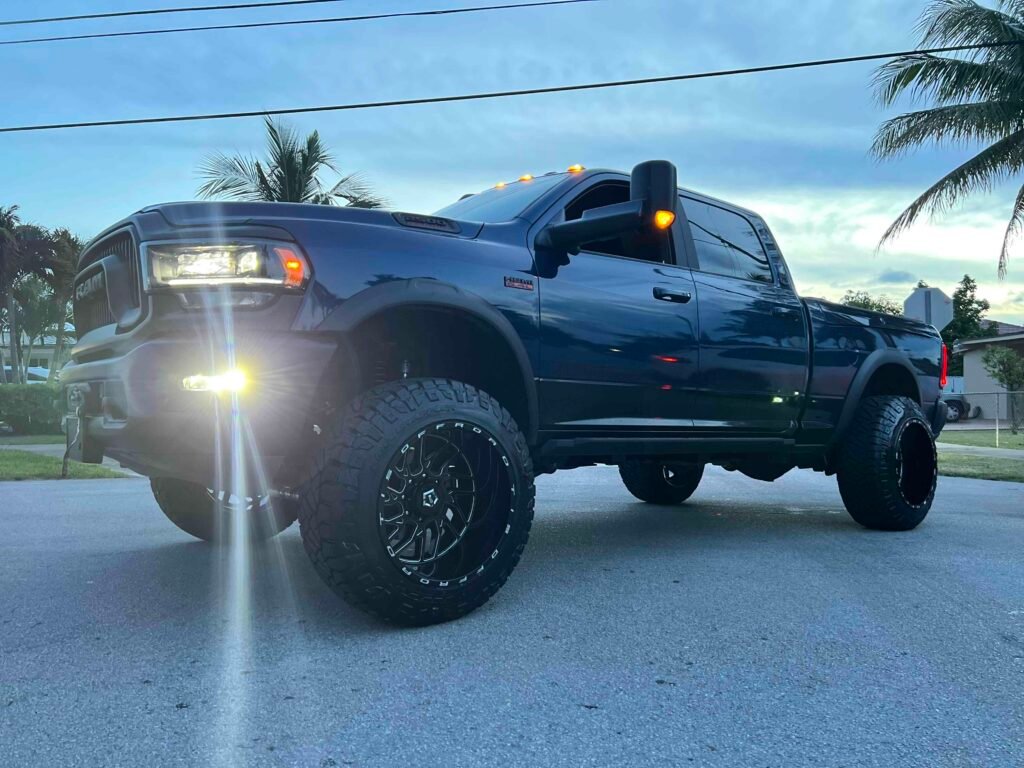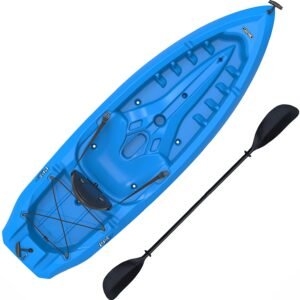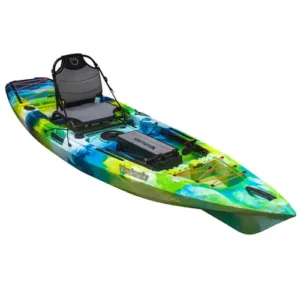Why Choose a Starter Kayak?
Looking for the perfect starter kayak? Are you ready to dip your toes into the exciting world of kayaking? Choosing a starter kayak can be one of the most rewarding decisions you make, as it opens up countless opportunities for adventure on the water. But what exactly is a starter kayak? In essence, it’s a kayak designed specifically for beginners, offering ease of use, stability, and safety features that help new paddlers gain confidence. This guide will help you navigate the options and choose the best kayak suited to your needs.
Introduction to Kayaking
Kayaking is not just a recreational activity; it’s a lifestyle. Imagine gliding across serene waters surrounded by nature, feeling the sun on your skin, and hearing the gentle lapping of water against your vessel. Whether you’re interested in exploring rivers, lakes, or coastal waters, kayaking provides a unique way to connect with nature. For beginners, the right starter kayak can make all the difference between a fun day out and a frustrating experience.
Benefits of Starting with the Right Kayak
Choosing the right kayak as a beginner can greatly enhance your experience. A well-designed starter kayak offers stability, which helps prevent capsizing, a common fear among novices. It’s crucial for building confidence as you learn the ropes. Additionally, an appropriate kayak will be lightweight and easy to transport, allowing you to explore various waterways without the hassle. Lastly, an affordable starter kayak means you can invest in quality gear without breaking the bank, enabling you to enjoy the sport without financial stress.
Key Features of the Ideal Starter Kayak
Lightweight Design for Easy Transport
One of the first things to consider when choosing a starter kayak is its weight. A lightweight kayak is much easier to carry and transport, especially if you’re heading to a remote launch site. Generally, kayaks made from plastic or inflatable materials weigh less and can easily be handled by one person. This feature is particularly significant for beginners who may not have the upper body strength or experience to maneuver heavy kayaks.
User-Friendly Functions
As a new paddler, you don’t want to be overwhelmed by complex features. Look for kayaks that come with user-friendly functions such as adjustable footrests, comfortable seating, and simple navigation controls. Many modern kayaks are designed with beginners in mind and include built-in safety features like grab handles and buoyancy aids, ensuring that you can focus on enjoying your time on the water rather than stressing over the technical aspects.
Affordability: Finding a Budget-Friendly Option
Budget plays a significant role in selecting your first kayak. While high-end models might boast advanced features, as a beginner, you’ll want to find a kayak that fits your budget without sacrificing quality. Starter kayaks are generally more affordable, and you can find great models ranging anywhere from $200 to $700. Make sure to balance cost with features to find an option that gives you the best value for your money.
Comfort for Extended Adventures
Comfort should never be overlooked, especially if you plan on spending several hours on the water. A good starter kayak will have adequate padding in the seat and back support, which are essential for maintaining comfort during long paddling sessions. Additionally, check for adjustable seat positions and footrests, as these can significantly enhance your overall experience and prevent fatigue.
Durability for Long-Lasting Fun
As a beginner, it’s hard to predict how often you will use your kayak in the beginning, but investing in a durable model can save you money and frustration in the long run. Look for kayaks made from high-density polyethylene or other robust materials that can withstand the elements and the occasional bump against rocks or docks. A durable kayak not only ensures your safety but also allows you to paddle with confidence, knowing your gear can handle the journey.
Personal Experience with My Starter Kayak
First Impressions
When I first got my starter kayak, I was both excited and nervous. The kayak was lightweight, and I could easily lift it onto my car’s roof rack. My initial foray into the water was filled with a mix of anticipation and anxiety. The stability of the kayak was reassuring, and I felt confident as I paddled away from the shore. I quickly realized that having a kayak designed for beginners made all the difference in my comfort and enjoyment.
Taking It Out on the Water
As I began to explore various waterways, my starter kayak proved to be the perfect companion. It glided smoothly across flat lakes and rivers, allowing me to appreciate the beauty of my surroundings. I would recommend practicing in calm waters first, as it helped build my confidence before venturing into more challenging conditions. The lightweight design made it easy for me to transport and launch, which is crucial for those spontaneous kayaking adventures.
Comparing Different Models
After using my starter kayak for a while, I started to compare it with other models. I noticed that some kayaks offered additional features like built-in storage compartments and better seating options. While my initial model was fantastic for beginners, I began to see how upgrading could enhance my experience. However, I always reminded myself to consider how often I would use these features before making any decisions.
Tips for Choosing the Right Starter Kayak
What to Look For
When shopping for your first kayak, consider your primary use. Are you looking to paddle in calm lakes, navigate rivers, or explore coastal areas? Understanding where you’ll be kayaking most often helps narrow down your options. Additionally, gauge the length and width of the kayak; wider kayaks offer more stability, making them ideal for beginners, while longer kayaks may provide better speed and tracking for future adventures.
Common Mistakes to Avoid
One of the most common mistakes new kayakers make is choosing a kayak that is too advanced for their skill level. While it might be tempting to go for a high-performance model, it’s essential to remember that as a beginner, your primary focus should be on comfort and stability. Another mistake is not testing the kayak before purchasing. If possible, rent or demo different models to see what feels best for you.
Conclusion: Embracing Your Kayaking Journey
As your journey in kayaking begins, remember that the right starter kayak will serve as your foundation for countless aquatic adventures. By selecting a kayak that is lightweight, user-friendly, affordable, comfortable, and durable, you’ll set yourself up for success. Embrace the excitement that comes with learning this new skill, and don’t hesitate to experiment with different waterways and paddling techniques.
FAQs
What is the best type of kayak for beginners?
The best type of kayak for beginners is typically a sit-on-top or recreational kayak. These designs are stable, easy to maneuver, and allow for comfortable paddling in a variety of conditions.
How much should I spend on my first kayak?
A reasonable budget for a starter kayak ranges from $200 to $700. It’s essential to balance quality and features within your budget to ensure a positive experience.
Is it necessary to wear a life jacket when kayaking?
Yes, wearing a life jacket or personal flotation device (PFD) is crucial for safety while kayaking. Many places also require all paddlers to have a PFD on board.
Can I use my starter kayak in the ocean?
Yes, but it’s essential to choose a kayak designed for ocean use and to understand the additional challenges of ocean kayaking, such as waves and tides.
How do I transport my kayak?
Transporting your kayak can be done using a roof rack, trailer, or kayak cart. Make sure to secure your kayak properly to avoid any damage during transit. Pickup trucks work great too!

Pickup trucks are ideal for hauling kayaks because they offer ample bed space, secure tie-down points, and the ability to transport multiple kayaks. Roof racks, bed extenders, or hitch-mounted racks make loading easy, while their rugged build handles rough terrain to remote launches.
This one is perfect for the job. A Dodge Ram Powerwagon 2500 6.4L HEMI with 400HP.



